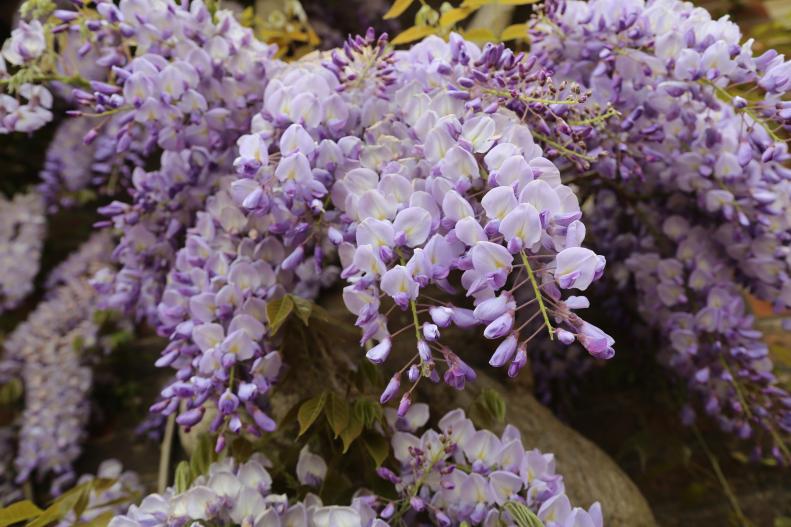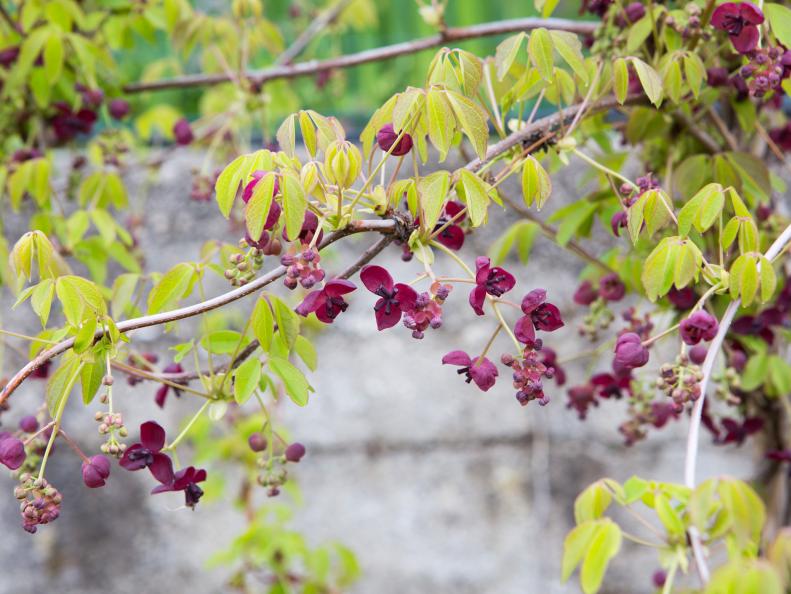1 / 13
Photo: Image courtesy of Felicia Feaster
Chinese Wisteria (Wisteria sinensis)
Dangling grape-like flower clusters adorn this vine starting in mid-spring. A mature vine in full bloom stops traffic. Flowers come in shades of lavender, white and pink. Chinese wisteria tends toward invasiveness. Explore American wisteria (Wisteria frutescens) for a more tame option. Landscape use: Train on a trellis or arbor located in the garden. This vine shines grown on a pergola. Hardy in Zones 5 to 8. Note: Chinese wisteria features heavy, woody stems that can pull down supports not firmly anchored.









